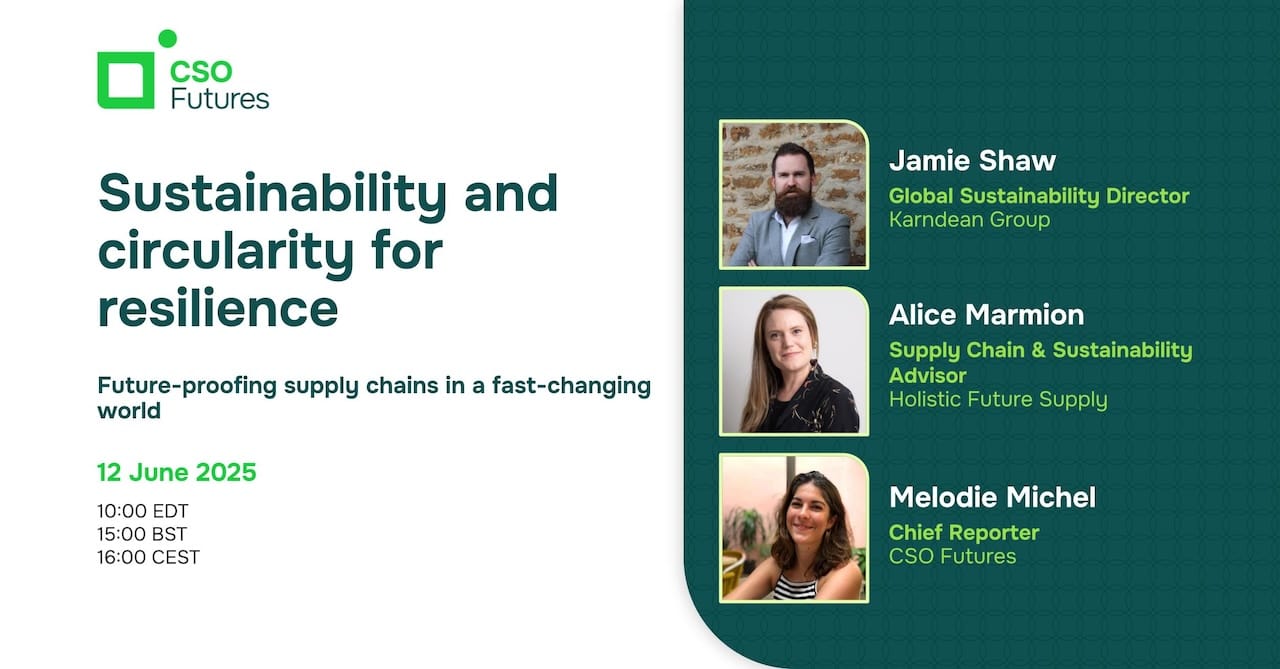SHEIN seeks 25% reduction in Scope 3 emissions by 2030

Ultra-fast fashion platform SHEIN has announced SBTi-validated near and long-term climate targets, including a goal to reduce absolute Scope 3 emissions by 25% (more than 4 million tonnes) by 2030.
The target covers purchased goods and services, upstream transportation and distribution (which together account for about 96% of SHEIN’s carbon footprint), as well as fuel and energy-related activities, waste generated in operations and, importantly, end-of-life treatment of sold products.
The target is meaningful: in 2023 (its baseline year), the company’s Scope 3 emissions within the target’s scope amounted to more than 16.5 million tonnes of CO2 equivalent, so a 25% reduction would represent more than 4 million tonnes of emissions.
This excludes emissions from the end-of-life treatment of sold products, which SHEIN is yet to report on, but are likely to be substantial for a company that sold US$38 billion of low-cost products in 2024.
The brand says it is strengthening waste management by requiring classification, recycling and documentation of all industrial waste at its directly-managed facilities, and plans to promote the extended use of its products by customers, including through its peer-to-peer resale platform.
Read also: From big promises to disillusion – Taking stock of fashion’s sustainable transformation
Focus on materials and transportation
To further cut Scope 3 emissions, SHEIN will focus on making products more sustainably by minimising the use of virgin material in garment and packaging, and scaling textile-to-textile polyester recycling as part of a multi-year research partnership with Donghua University. It will also support its suppliers’ transition to renewable energy and encourage lower-carbon manufacturing processes.
On the transportation side, SHEIN plans to optimise its global logistics network to reduce distances and improve load and packaging efficiency to cut its carbon footprint, as well as using “lower-emission transport modes”.

SHEIN sustainability head on climate targets: ‘The work starts now’
Mustan Lalani, who took on the role of Global Head of Sustainability at SHEIN five months ago, said the validation of climate targets by the Science Based Targets Initiative (SBTi) “marks an important step” in the company’s sustainability journey.
“The work starts now, and with our roadmap to guide us, my teams and I are focused on translating these targets into outcomes, and are looking forward to sharing updates along the way. Validation of both our near-term and long-term targets gives us a science-based foundation for action – and an impetus to deliver,” he added.
SHEIN’s net zero target
The company has also validated its 2050 net zero target and a goal to cut Scope 1 and 2 emissions by 42% by 2030. To support this operational emissions goal, the company plans to source 100% renewable electricity for its operations by the end of this decade – with a focus on on-site solar generation and renewable energy attribute certificates (EACs). In 2024, SHEIN installed 56.3 MW of solar photovoltaic capacity at 10 of its facilities.







Member discussion